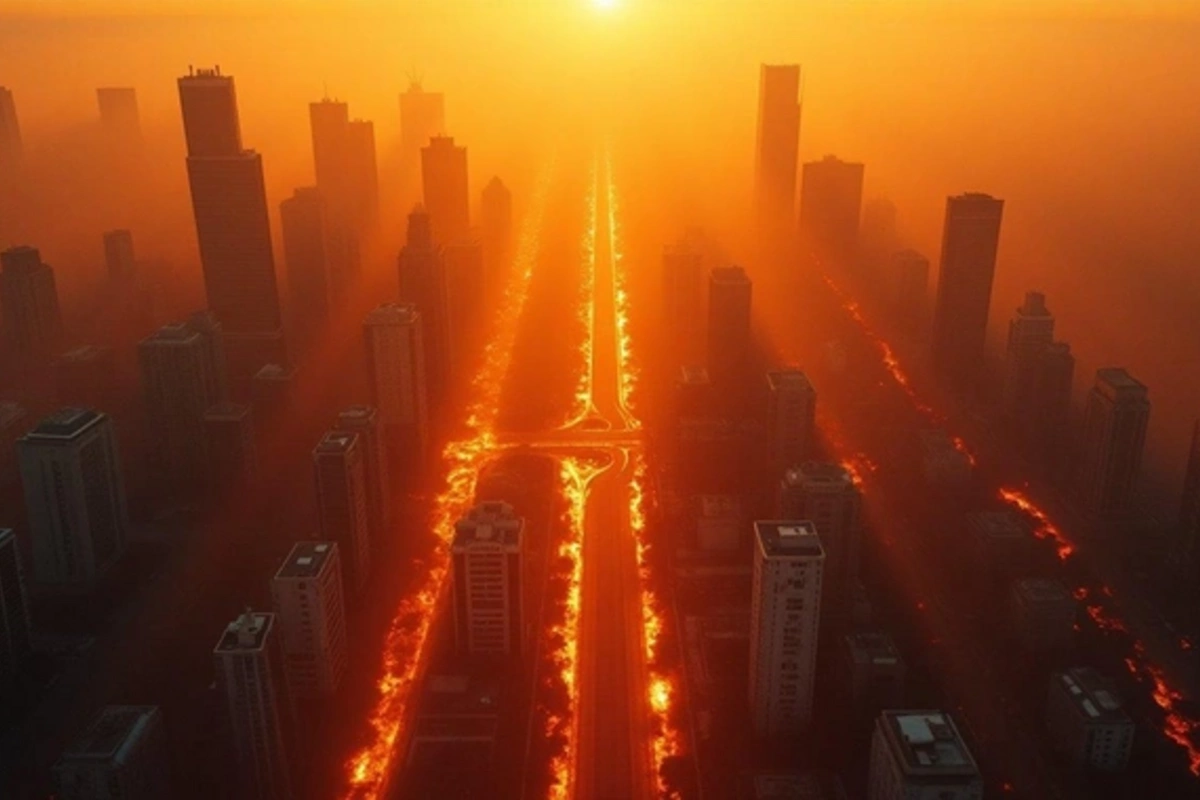12 May , 17:58
2

In the context of global warming on the planet, extreme weather phenomena are being recorded more and more frequently. The publication Interesting Engineering published a list of cities and regions where temperatures reach life-threatening values.
Death Valley, USA - a true natural furnace of North America. In 2020, the thermometer here soared to an astounding +54.4°C. Year after year, this place breaks its own temperature records due to prolonged droughts and merciless sun.
Jacobabad, Pakistan has turned into a zone of deadly heat and humidity. In 2021, unbearable temperatures of +52°C were recorded here. Critical temperatures make staying in the city extremely dangerous, and constant problems with water supply and frequent power outages only exacerbate the plight of residents.
Phoenix, USA suffers from intensifying urban heat. In 2021, the temperature reached +48.3°C. Scorching asphalt, concrete jungles, and acute water shortages turn the city into a real "urban furnace."
Turbat, Pakistan set a national record in 2017 with scorching +53.7°C. This sparsely populated and economically disadvantaged region has proven particularly defenseless in the face of rapid climate change.
Ahvaz, Iran - an industrial city where thermometers showed +53.7°C in 2017. Severe air pollution, exhausting dust storms, and the absence of effective cooling systems turn the lives of local residents into a real ordeal.
Delhi, India set a shocking record of +49°C in 2022. Rapid urbanization and large-scale deforestation have turned the capital into a dangerous heat trap.
Kuwait, Kuwait recorded one of the highest temperatures in the world in 2016 - +54°C, placing it among the hottest places on the planet.
Dallol, Ethiopia holds the title of the hottest place on Earth by average annual temperature - about +34.6°C. Here, temperatures remain above +30°C almost year-round, making the region extremely hot and practically unsuitable for normal human life.